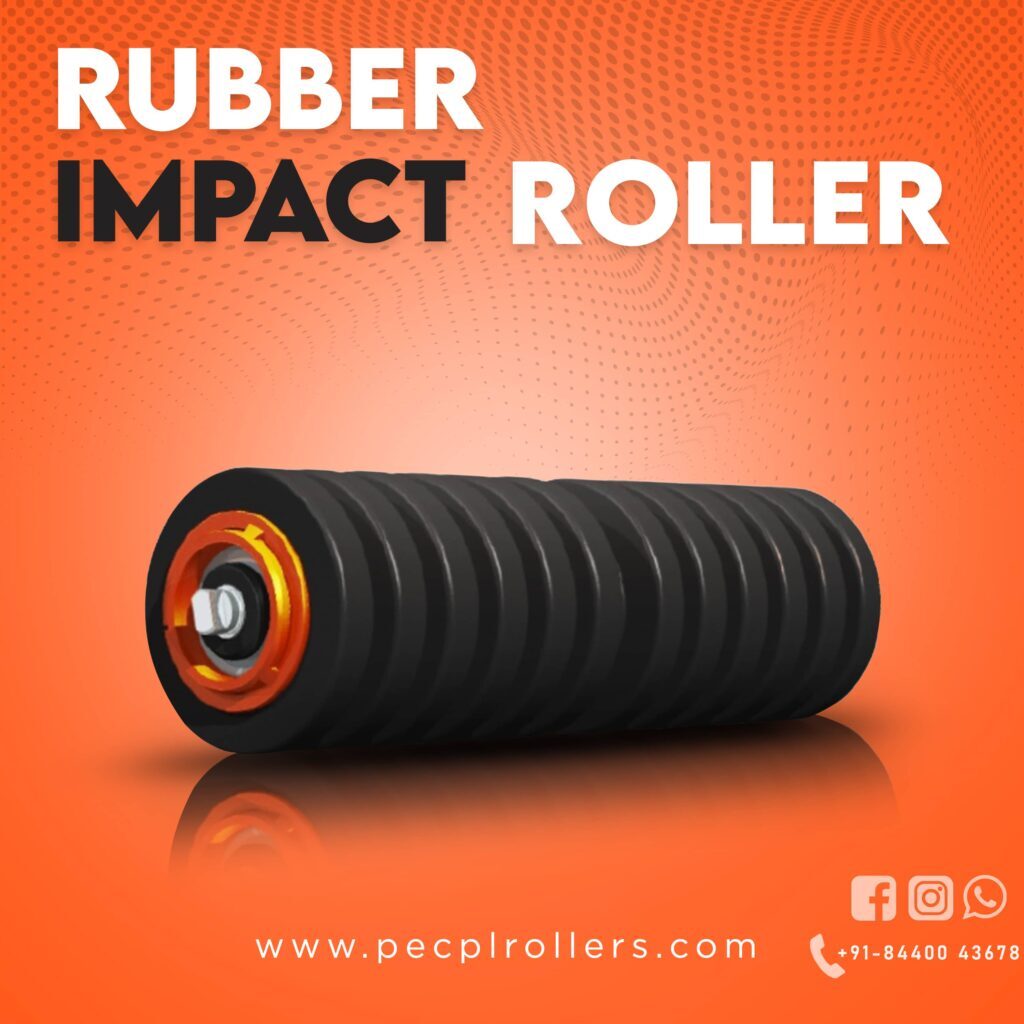
The idler pulley, an essential component in many mechanical systems, serves a crucial role in maintaining proper tension in belts and chains. This small but mighty device acts as a guide for the belt or chain, redirecting its path and ensuring smooth operation. With its stationary design, the idler pulley helps to distribute tension evenly, preventing excessive wear on the belt or chain and promoting longevity. By reducing the stress on the system, it also minimizes the risk of slippage, which can lead to inefficiency and potential damage. The idler pulley is typically made of durable materials such as steel or aluminum, ensuring its ability to withstand the forces exerted by the moving parts. Its compact size allows for easy installation in various applications, from automotive engines to industrial machinery. Regular maintenance, including lubrication and inspection for signs of wear, is essential to keep the idler pulley functioning optimally. Overall, the idler pulley plays a vital role in maintaining the overall performance and reliability of mechanical systems, making it an indispensable component for smooth and efficient operation.
– Briefly introduce the concept of idler pulleys and their importance in various machines.
– Mention the primary keyword ‘idler pulley’ and additional keywords.
1. What is an Idler Pulley?
– Define idler pulley and explain its role in a machine.
– Discuss the primary function of idler pulleys, which is to guide and maintain proper tension in belts or chains.
– Explain how idler pulleys help reduce noise and vibration in machines.
2. Types of Idler Pulleys
– Explore the different types of idler pulleys commonly used in various machines.
– Discuss the differences between fixed idler pulleys and tensioner idler pulleys.
– Highlight the specific applications of each type of idler pulley.
3. Benefits of Idler Pulleys
– Explain the advantages of using idler pulleys in machines.
– Discuss how idler pulleys help improve the efficiency and performance of machinery.
– Highlight the importance of proper belt tension and how idler pulleys contribute to achieving it.
4. Maintenance and Replacement
– Provide tips on maintaining and inspecting idler pulleys to ensure their optimal performance.
– Explain when and how to replace idler pulleys to prevent machine breakdowns.
– Discuss the potential consequences of neglecting idler pulley maintenance.
Conclusion
– Summarize the significance of idler pulleys in revolutionizing machine performance.
– Reinforce the importance of using idler pulleys for noise reduction and proper belt tension.
– Encourage readers to consider idler pulleys as a vital component in their machines for better efficiency and longevity.
